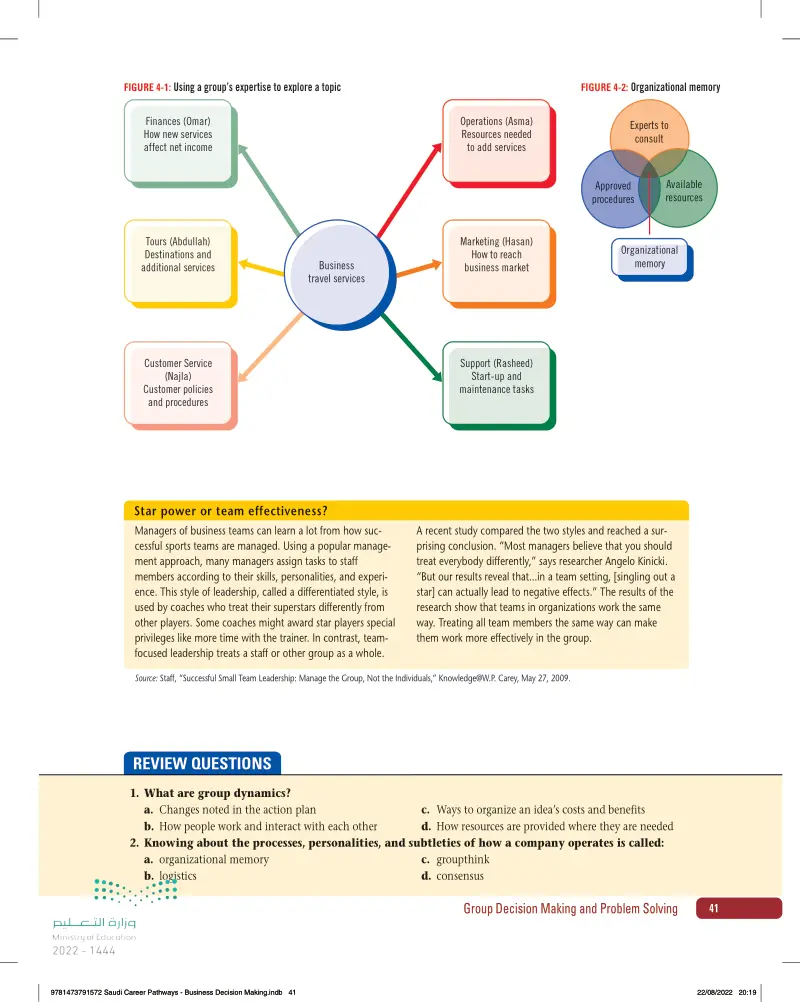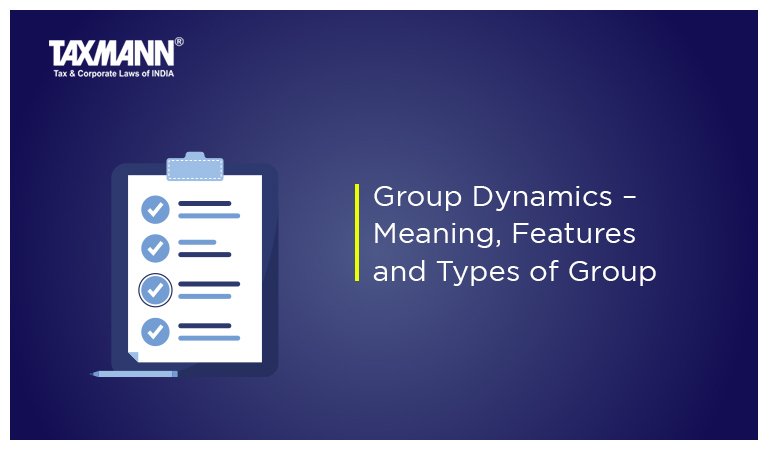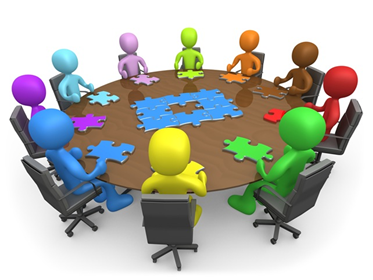Group dynamics refer to the processes and interactions within a group of individuals. In a business setting, group dynamics can significantly affect the success or failure of a team or project. Understanding and effectively managing group dynamics is crucial for leaders and team members in any organization.
One important aspect of group dynamics in business is communication. Effective communication is essential for a team to function well and make informed decisions. Poor communication can lead to misunderstandings, conflict, and a lack of trust within the group. On the other hand, open and honest communication promotes collaboration, problem-solving, and a sense of unity within the team.
Another key factor in group dynamics is leadership. The leader of a team plays a crucial role in shaping the dynamics of the group. A strong leader can inspire, motivate, and guide the team towards a common goal, while a poor leader can create conflict, confusion, and low morale. In addition to traditional leadership roles, team members can also take on leadership roles through their actions and behavior. By exhibiting leadership qualities, such as initiative, problem-solving skills, and the ability to inspire others, team members can positively influence the dynamics of the group.
Conflict is another factor that can impact group dynamics in a business setting. Conflict is inevitable in any group, and how it is managed can make a significant difference in the overall effectiveness of the team. Unresolved conflict can lead to decreased productivity, increased stress, and a toxic work environment. On the other hand, effective conflict resolution can foster growth, creativity, and improved relationships within the group.
In addition to communication, leadership, and conflict management, group dynamics in business can also be influenced by diversity. A diverse team brings a range of perspectives, experiences, and skills to the table, which can lead to more innovative and effective problem-solving. However, diversity can also bring challenges, such as cultural misunderstandings and communication barriers. It is important for leaders and team members to actively foster an inclusive and respectful work environment in order to fully leverage the benefits of diversity.
Overall, group dynamics play a significant role in the success or failure of a team or project in a business setting. Understanding and effectively managing communication, leadership, conflict, and diversity can help create a positive and productive work environment for all team members.









